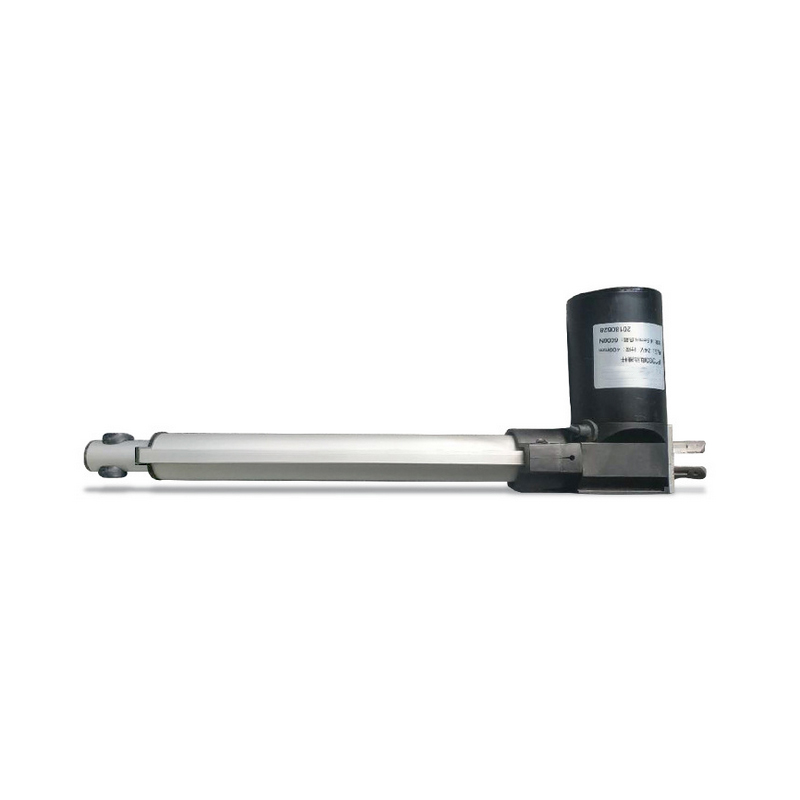Electrical linear actuator is an electric drive device which converts the rotational motion of the motor into the linear reciprocating motion of the linear actuator. It can be used as an executing machine in process flow under various conditions to realize remote control, centralized control or automatic control.
Electrical linear actuator is widely used in our life, whether in medical or photographic aspects, electrical linear actuator has been used. The rotating motion of the motor is transformed into linear motion, and the linear actuator motion is completed by the positive and negative rotation of the motor. For example, through various levers, rockers or connecting rods and other mechanisms, complex movements such as rotation and shaking can be completed. By changing the length of lever arm, the stroke can be increased or enlarged.
However, in the process of using the electrical linear actuator, we will encounter the situation that the motor equipped with the electrical linear actuator does not move. In this case, we should find out the reasons and adjust them according to the actual situation. The following several situations will be analyzed in detail.
1. The motor rotates unevenly. Although in theory, the speed of motor rotation remains unchanged, and if the rotation appears uneven, most of them are caused by the pusher of the electrical linear actuator is not fixed well.
2. The motor rotates slowly. We need to rule out whether the pusher of the electrical linear actuator is overloaded. If it is overloaded, the electric power will turn slowly. Another phenomenon is that the motor is not used all the year round and rust or the lubrication is not enough, which will also lead to this situation.
3、Motor not rotate. In order to solve this problem, we need to check whether the driving object is overloaded or the running route is obstructed and unable to move. Secondly, we need to check whether the power supply line is abnormal. If the above conditions are not, then we need to check whether the safety control switch near the reset switch of the motor is closed.
From this, we can see that the actual application requirements are different, the situation is also different, so how to choose the appropriate electrical linear actuator according to their own situation?
1: Choose travel and installation distance
First, confirm the distance that the electrical linear actuator needs to push and pull on your equipment; secondly, confirm that your equipment can accommodate the most reasonable installation space of the electrical linear actuator.
2: Confirm load and speed
By considering the specific situation of using electrical linear actuator and comparing the specifications of each electrical linear actuator, the appropriate linear actuator can be selected.
3: Determining Voltage or Selecting Controller
At present, 12, 24, 36 and 48V can be selected to select the specific working voltage of the electrical linear actuator. The main way is that the customer provides the designed control system circuit to control the linear actuator. If not, we can choose our matching power adapter and controller to control the work of electrical linear actuator.
4: Clear use environment and frequency
Confirm that the working frequency should not exceed 20% (two minutes without interruption, 18 minutes to stay). If it is too large, it will reduce the service life. Check whether the linear actuator has torsion or impact load when working, and try to avoid such load when using.
5: Other special requirements
If there are special requirements, we need to ask your purchasing company's technicians, such as special installation interface, and so on, they will try their best to meet your requirements.



